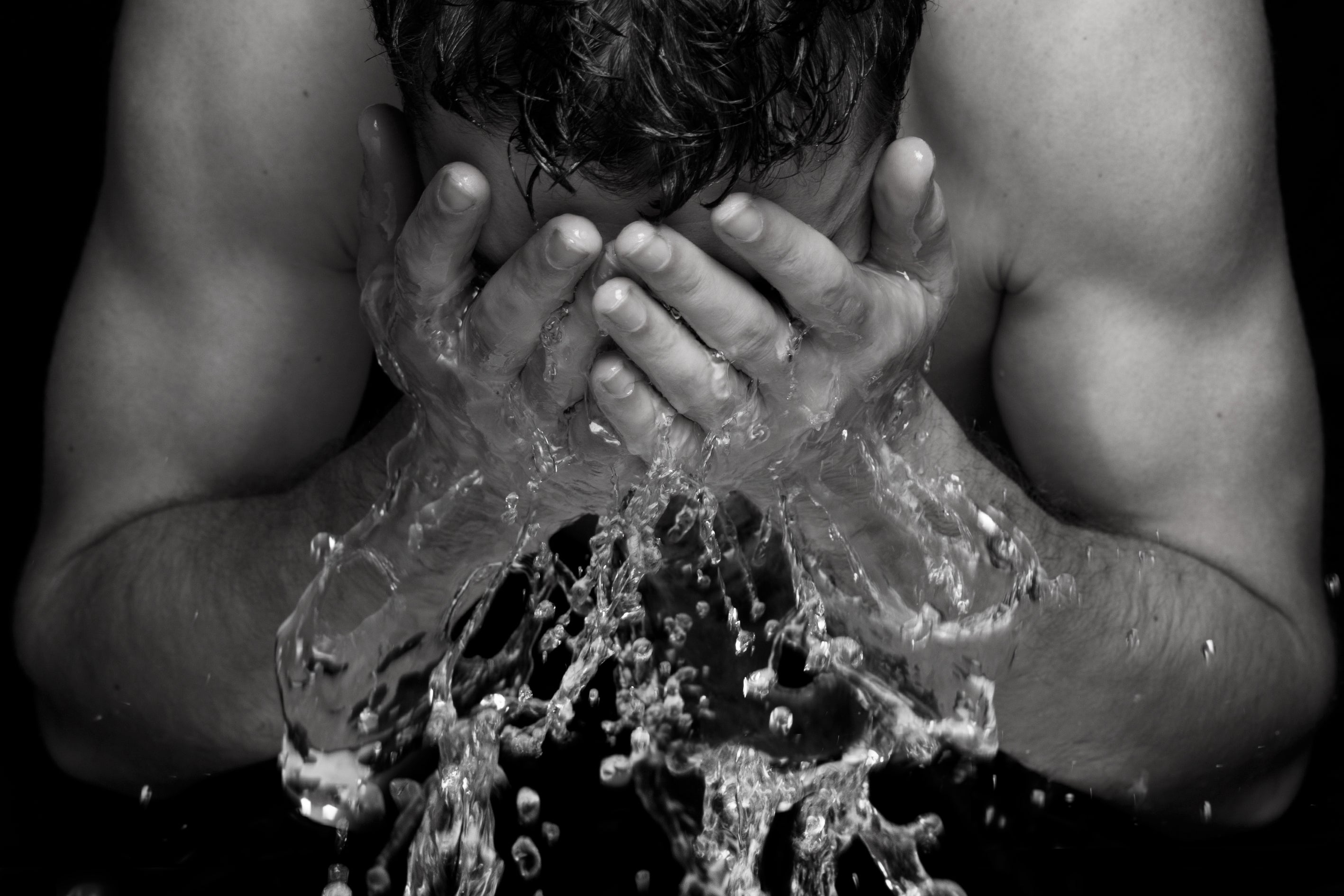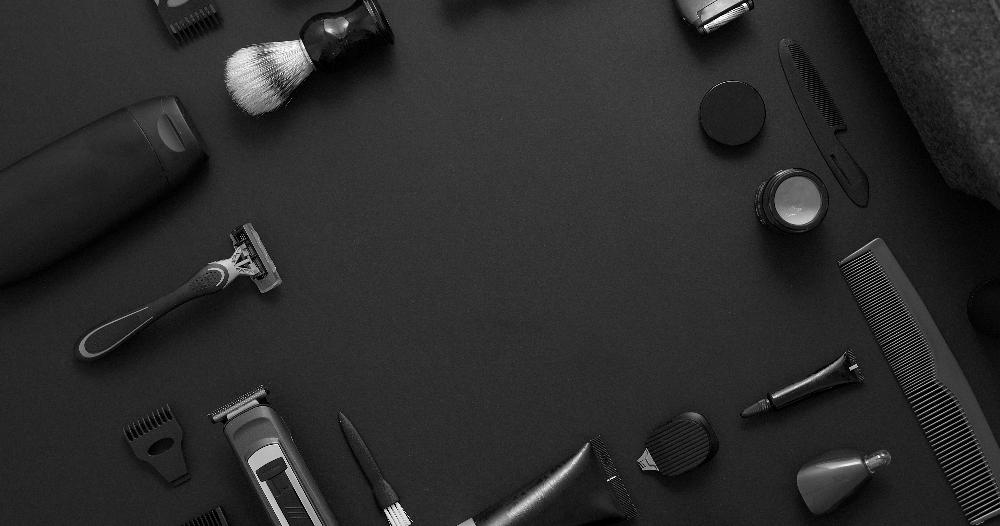A man’s skin isn’t always a friendly canvas. There are real, physiological differences that makeup tutorials don’t always address. To put it simply, male skin is its own beast — thicker, oilier, hairier, and often less maintained. Plus, there are some behavioural / cultural differences that affect us too. Here are some key differences:
Thick Hide - Thicker Dermis: Male skin is about 20% thicker on average with higher collagen density that can delay fine lines - but when they appear, they cut deep.
- Men’s Skin Thickness and Collagen Density: One of the most striking differences between male and female skin is that men’s skin is significantly thicker than women’s. Dermatology research shows a man’s dermis (the deep layer of skin) is about 20–25% thicker than a woman’s. If you imagine a cross-section of skin, a man’s will look visibly denser. Why? Male skin contains more collagen – the structural protein that gives skin its firmness and elasticity. In fact, forearm skin measurements have found that women have less collagen at all ages than men, confirming that male skin is inherently more collagen-rich. This high collagen density is like built-in anti-aging insurance: signs of aging (like wrinkles and sagging) tend to appear later in men than in women. Some experts even estimate that by collagen content, a woman’s skin is about 15 years “older”than a man’s of the same age. That doesn’t mean men don’t age – rather, we start with a thicker, firmer base, so it takes longer for wrinkles to show. (I smugly thought I’d escaped wrinkles in my 20s, only to develop a few deep forehead lines seemingly overnight – thicker skin can form deeper creases once aging kicks in!)










